The NVIDIA GeForce GTX 780 Ti Review
by Ryan Smith on November 7, 2013 9:01 AM ESTHands On With NVIDIA's Shadowplay
Though it’s technically not part of the GeForce GTX 780 Ti launch, before diving into our typical collection of benchmarks we wanted to spend a bit of time looking at NVIDIA’s recently released Shadowplay utility.
Shadowplay was coincidentally enough first announced back at the launch of the GTX 780. Its designed purpose was to offer advanced game recording capabilities beyond what traditional tools like FRAPS could offer by leveraging NVIDIA image capture and video encode hardware. In doing so, Shadowplay would be able to offer similar capabilities with much less overhead, all the while also being able to utilize the NVENC hardware H.264 encoder to encode to space efficient H.264 rather than the bulky uncompressed formats traditional tools offer.
With Shadowplay and NVIDIA’s SHIELD streaming capabilities sharing so much of the underlying technology, the original plan was to launch Shadowplay in beta form shortly after SHIELD launched, however Shadowplay ended up being delayed, ultimately not getting its beta release until last week (October 28th). NVIDIA has never offered a full accounting for the delay, but one of the most significant reasons was because they were unsatisfied with their original video container choice, M2TS. M2TS containers, though industry standard and well suited for this use, have limited compatibility, with Windows Media Player in particular being a thorn in NVIDIA’s side. As such NVIDIA held back Shadowplay in order to convert it over to using MP4 containers, which have a very high compatibility rate at the cost of requiring some additional work on NVIDIA’s part.
In any case with the container issue resolved Shadowplay is finally out in beta, giving us our first chance to try out NVIDIA’s game recording utility. To that end while clearly still a beta and in need of further polishing and some feature refinements, at its most basic level we’ve come away impressed with Shadowplay, with NVIDIA having delivered on all of their earlier core promises for the utility
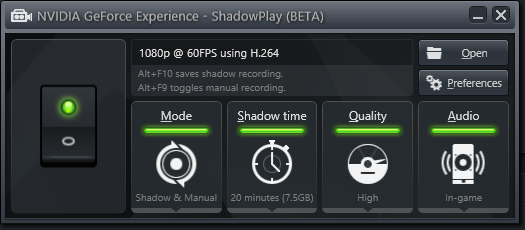
With regards to functionality, all of Shadowplay’s basic functionality is in. The utility offers two recording modes: a manual mode and a shadow mode, the former being self-explanatory while the latter being an always-active rolling buffer of up to 20 minutes that allows saving the buffer after the fact in a DVR-like fashion. Saving the shadow buffer causes the entirety of the buffer to be saved and a new buffer started, while manual mode can be started and stopped as desired.
| Shadowplay Average Bitrates | |||
| High Quality | 52Mbps | ||
| Medium Quality |
23Mbps
|
||
| Low Quality |
16Mbps
|
||
Next to being able to control the size of the shadow buffer, Shadowplay’s other piece of significant flexibility comes through the ability to set the quality (and therefore file size) of the recordings Shadowplay generates. Since Shadowplay uses lossy H.264 the recording bitrates will scale with the quality, with Shadowplay offering 3 quality levels: high (52Mbps), medium (23Mbps), and low (16Mbps). Choosing between the quality levels will depend on the quality needed and what the recording is intended for, due to the large difference in quality and size. High quality is as close as Shadowplay gets to transparent compression, and with its large file sizes is best suited for further processing/transcoding. Otherwise Medium and Low are low enough bitrates that they’re reasonably suitable for distribution as-is, however there is a distinct quality tradeoff in using these modes.
Moving on, at this moment while Shadowplay offers a range of quality settings for recording it only offers a single resolution and framerate: 1080p at 60fps. Neither the frame rate nor the resolution is currently adjustable, so whenever you record and despite the resolution you record from, it will be resized to 1920x1080 and recorded at 60fps. This unfortunately is an aspect-ratio unaware resize too, so even non-16:9 resolutions such as 1920x1200 or 2560x1600 will be resized to 1080p. Consequently at this time this is really the only weak point for Shadowplay; while the NVENC encoder undoubtedly presents some limitations, the inability to record at just a lower resolution or in an aspect ratio compliant manner is something we’d like to see NVIDIA expand upon in the final version of the utility.
Finally, let’s talk about performance. One of Shadowplay’s promises was that the overhead from recording would be very low – after all, it needs to be low enough to make always-on shadow mode viable – and this is another area where the product lives up to NVIDIA’s claims. To be sure there’s still some performance degradation from enabling Shadowplay, about 5% by our numbers, but this is small enough that it should be tolerable. Furthermore Shadowplay doesn’t require capping the framerate like FRAPS does, so it’s possible to use Shadowplay and still maintain framerates over 60fps. Though as to be expected, this will introduce some frame skipping in the captured video, since Shadowplay will have to skip some frames to keep within its framerate limitations.
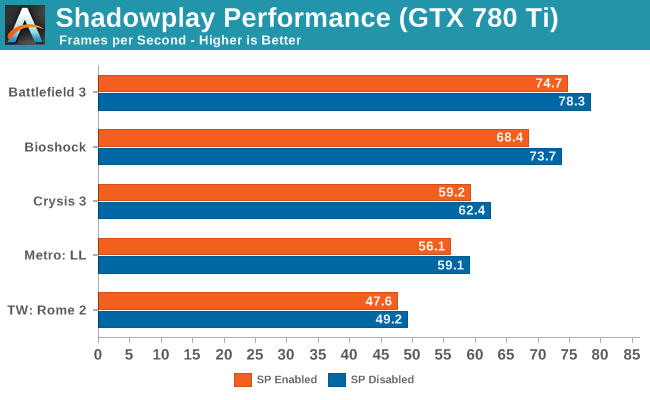
On a related note, we did some digging for a technical answer for why Shadowplay performs as well as it does, and found our answer in an excellent summary of Shadowplay by Alexey Nicolaychuk, the author of RivaTuner and its derivatives (MSI Afterburner and EVGA Precision). As it turns out, although the NVENC video encoder plays a part in that – compressing the resulting video and making the resulting stream much easier to send back to the host and store – that’s only part of the story. The rest of Shadowplay’s low overhead comes from the fact that NVIDIA also has specific hardware and API support for the fast capture of frames built into Kepler GPUs. This functionality was originally intended to facilitate GRID and game streaming, which can also be utilized for game recording (after all, what is game recording but game streaming to a file instead of another client?).
This functionality is exposed as Frame Buffer Capture (NVFBC) and Inband Frame Readback (NVIFR). NVFBC allows Shadowplay to pull finished frames straight out of the frame buffer directly at a low level, as opposed to having to traverse the graphics APIs at a high level. Meanwhile NVIFR does have operate at a slightly higher level to inject itself into the graphics API, but in doing so it gains the flexibility to capture images from render targets as opposed to just frame buffers. Based on what we’re seeing we believe that NVIDIA is using NVFBC for Shadowplay, which would be the lowest overhead option while also explaining why Shadowplay can only capture full screen games and not windowed mode games, as frame buffer capturing is only viable when a game has exclusive control over the frame buffer.
Wrapping things up, it’s clear that NVIDIA still has some polishing they can apply to Shadowplay, and while they aren’t talking about the final release this soon, as a point of reference it took about 4 months for NVIDIA’s SHIELD game streaming component to go from beta to a formal, finished release. In the interim however it’s already in a very usable state, and it should be worth keeping an eye on in the future to see what else NVIDIA does to further improve the utility.
The Test
The press drivers for the launch of the GTX 780 Ti are release 331.70, which other than formally adding support for the new card is otherwise identical to the standing 331.65 drivers.
Meanwhile on a housekeeping note, we want to quickly point out that we’ll be deviating a bit from our normal protocol and including the 290X results for both normal (quiet) and uber modes. Typically we’d only include results from the default mode in articles such as these, but since we need to cover SLI/Crossfire performance and since we didn’t have 290X CF quiet mode results for our initial 290X review, we’re throwing in both so that we can compare the GTX 780 Ti to the 290X CF without being inconsistent by suddenly switching to the lower performance quiet mode numbers. Though with that said, for the purposes of our evaluation we will be focusing almost entirely on the quiet mode numbers, given the vast difference in both performance and noise that comes from using it.
| CPU: | Intel Core i7-4960X @ 4.2GHz |
| Motherboard: | ASRock Fatal1ty X79 Professional |
| Power Supply: | Corsair AX1200i |
| Hard Disk: | Samsung SSD 840 EVO (750GB) |
| Memory: | G.Skill RipjawZ DDR3-1866 4 x 8GB (9-10-9-26) |
| Case: | NZXT Phantom 630 Windowed Edition |
| Monitor: | Asus PQ321 |
| Video Cards: |
AMD Radeon R9 290X AMD Radeon R9 290 XFX Radeon R9 280X Double Dissipation AMD Radeon HD 7990 AMD Radeon HD 7970 NVIDIA GeForce GTX Titan NVIDIA GeForce GTX 780 Ti NVIDIA GeForce GTX 780 NVIDIA GeForce GTX 770 |
| Video Drivers: |
NVIDIA Release 331.58 WHQL NVIDIA Release 331.70 Beta AMD Catalyst 13.11 Beta v1 AMD Catalyst 13.11 Beta v5 AMD Catalyst 13.11 Beta v8 |
| OS: | Windows 8.1 Pro |


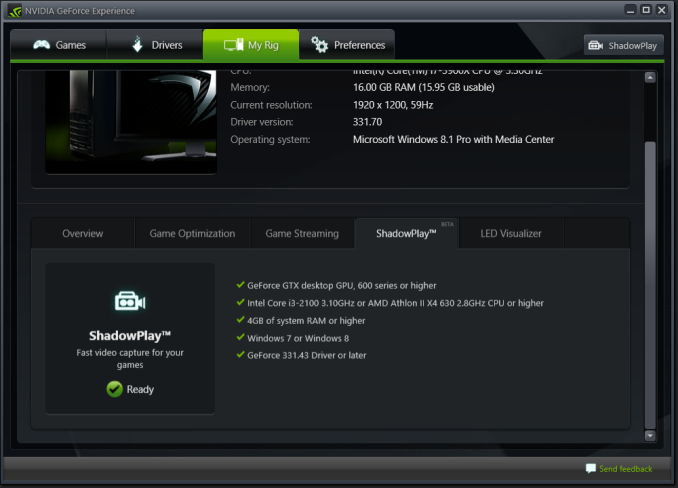
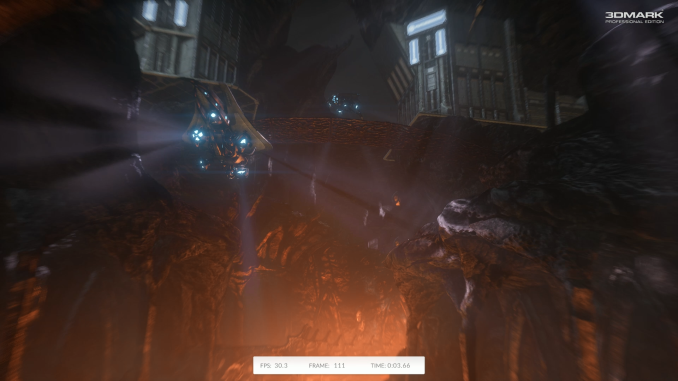

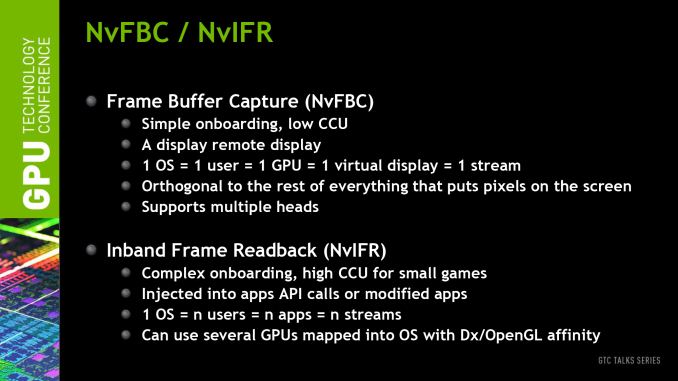














302 Comments
View All Comments
Kutark - Friday, November 8, 2013 - link
The argument was never whether one or the other was a better value but rather which is the better card. Thats what this discussion is about. Anybody with their head not firmly planted in their ass can see the 290x is a good value. The problem is value changes from person to person. Some people don't care how noisy their video card is. Some people don't care how hot it runs under load. Those people would find that card to be an excellent value. Other people do care. For them it might be worth it to pay extra for a quieter card that runs 8-10c cooler. Just like some people don't give 2 shits about having leather seats in their car, and don't think a $2000 option for leather would be a good value. Others think its great.Secondly, the Ti only loses to the 290x at 4k resolution which is a complete non point as there is all of 1 4k monitor out right now and it costs 2x of what most people spend on their computer. Lets not also mention that to get decent framerates you need a minimum of 2x of the 780/Ti's or the 290/Xs, So we're talking about a 5k investment outside of the rest of your shit to play at 4k? Id be willing to bet less than 1 in million PC gamers have that much money into their rigs
Mondozai - Friday, December 13, 2013 - link
AMD fucked up with their reference cooler, and they fucked up with not providing data early enough to OEMs for aftermarket coolers. But comparing stock 290/290X to the GTX 780 Ti is misleading. You have to compare both cards when there are aftermarket coolers to both of them.But you don't do that. Why? Because you know an aftermarket cooler isn't going to be a big difference to 780 Ti, but it will make a massive difference to 290/290X.
Stock versions of both cards with aftermarket cooler from the same OEM will show very little variance in performance at higher(1440p and above) resolutions. Except that 780 Ti will remain completely overpriced.
Price to performance ratio isn't just about budget and middle segment cards. You can do the same to high-end cards. A 290X with an aftermarket cooler is simply going to beat out 780 Ti in anybody's but a fanboy's eyes. Sorry, but you're fanboying.
And I am saying that as an Nvidia card owner myself, but the fact remains that Nvidia has been able to rape the wallets of a lot of people for so long, and I blame AMD for this, that some people like you have internalized the raping and come to defend it.
I can only look at you with pity.
Owls - Thursday, November 7, 2013 - link
Ryan I'm sorry but the video card reviews as of late have been very poor in quality and objectivity. Stop rushing to be the first. I don't go to Anand to read a crappy review, that's what HardOCP is for.That said your testing is flawed with old games and comparing the Ti to be faster than a 290x that is in silent mode is disingenuous. We all expect better from this site.
ol1bit - Thursday, November 7, 2013 - link
First, Fantastic Review as always!As a side note, it's amazing to me that AMD can't get the performance with the same heat output as Nivida. After all they are a semi-big chip company, what gives?
FuriousPop - Thursday, November 7, 2013 - link
wow! as a current AMD owner, i must say it is impressive. Temps and noise great! - power consumption not as much as expected, but hey a good card indeed. Now if only we could see the benchmarks in the higher areas of 1600p+. If your going to make a comment of overkill at 1440p with SLi of these, then why not show 1600p then and see how it really matches up!?i know that it in the past has been AMD for >1440p and Nvid for 1080< but as of late, we are starting to see that change dramatically.
Can we please see some 1600p and 1600p+ res being tested on benchmarks! if there were already those benchmarks out and showed impressive results at higher resos i prob would of gone out and bought 2x of these ASAP. however will have to wait and see...
AnotherGuy - Thursday, November 7, 2013 - link
So Ryan, you made the R9 290 as a total disappointment because it had a little higher noise than the rest at the time, but now when you see the 780 getting close at 52dB this is a little high but ok for nVidia and they won...That is not fair.You need to control those emotions, think many times and then finally find the right words to describe a product, not let your first thought into the final conclusion of a review.
Ma Deuce - Thursday, November 7, 2013 - link
You need to control those emotions. Think many times and then finally find the right words to criticize a review, not let your first thought into the comment...290 is loud and hot and he didn't recommend it. Sorry man, it's not the end of the world though. You can buy it without their expressed written consent.
sf101 - Friday, November 8, 2013 - link
Anotherguy your right though on the 290x review they made it sound like the end of the world over the noise /temp and power use levels.Yet when Nvidia does it its ok.
And everyone just does a point in other direction look its super man type thing and pretends it didn't happen.
If your going to be nit picky about noise and heat then at-least be consistent from what I've seen both the 290 and 780ti are fairly close in wattage use now so there goes your TDP arguments.
And just because Nvidia has a better reference cooler doesn't change the fact that it still is using similar wattage to the 290/290x the only difference is Nvidia's cooler deals with it a bit better.
just finding the review a tad bias ,,,,,,,
Morawka - Friday, November 8, 2013 - link
the 290 got up to 62 dbformulav8 - Monday, November 11, 2013 - link
Ryan's reviews has stunk for awhile now. I used to defend him and anand on appearing bias and such. But there does seem to be something. And the thing is that if it is true, they could care less. Literally